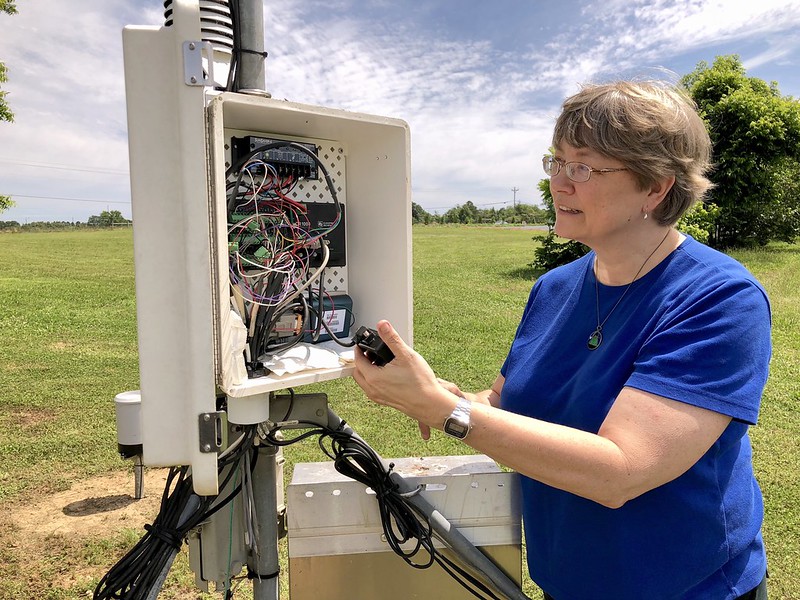By Pam Knox
Georgia experienced its coldest year in 2021 since 2014, with an average temperature of 64.5 degrees Fahrenheit (F). But the temperature was still well above the long-term average of 63.4 F. It ranked the 20th warmest year since statewide records began in 1895.
Lower temperatures than recent years
The year started off warmer than normal, with above-average temperatures in January through March. This pattern reversed in April, and the following four months were all cooler than the long-term average. This led to a slow start to the growing season. Many crops were behind their normal development until later in the summer, due to the cold temperatures and lack of sunshine caused by persistent cloudiness. The April through September period was the 27th coldest on record.
November was much cooler than normal and had no severe weather or hurricanes. But December was almost 10 degrees warmer than the long-term average. Many counties in the southern part of Georgia did not experience a killing frost by the end of 2021, which happens in fewer than one out of 10 years.

Wet with significant crop impacts
Precipitation for the state as a whole was 57.06 inches, about 7 inches higher than the long-term average from 1895 to 2021. It was the 21st wettest year on record.
Rainfall in the months of January through May was very close to average in each month. But from June through October, it was at least an inch wetter than average for each month. This led to wet fields that were difficult to enter, which caused significant crop impacts from fungal diseases and cloudiness caused by the warm and humid conditions.
The wettest areas were the Coastal Plain region and the far northwest corner of the state. The driest area was between Atlanta and Macon in the central part of the state. Wet conditions were especially noticeable in southern Georgia early in the year and during the growing season.
Drought was only minor in 2021. Following a very dry November, moderate drought was introduced to east-central Georgia on Dec. 7, but it was removed two weeks later on Dec. 21.
Click here to keep up with Southeast climate news from Georgia’s agricultural climatologist.










